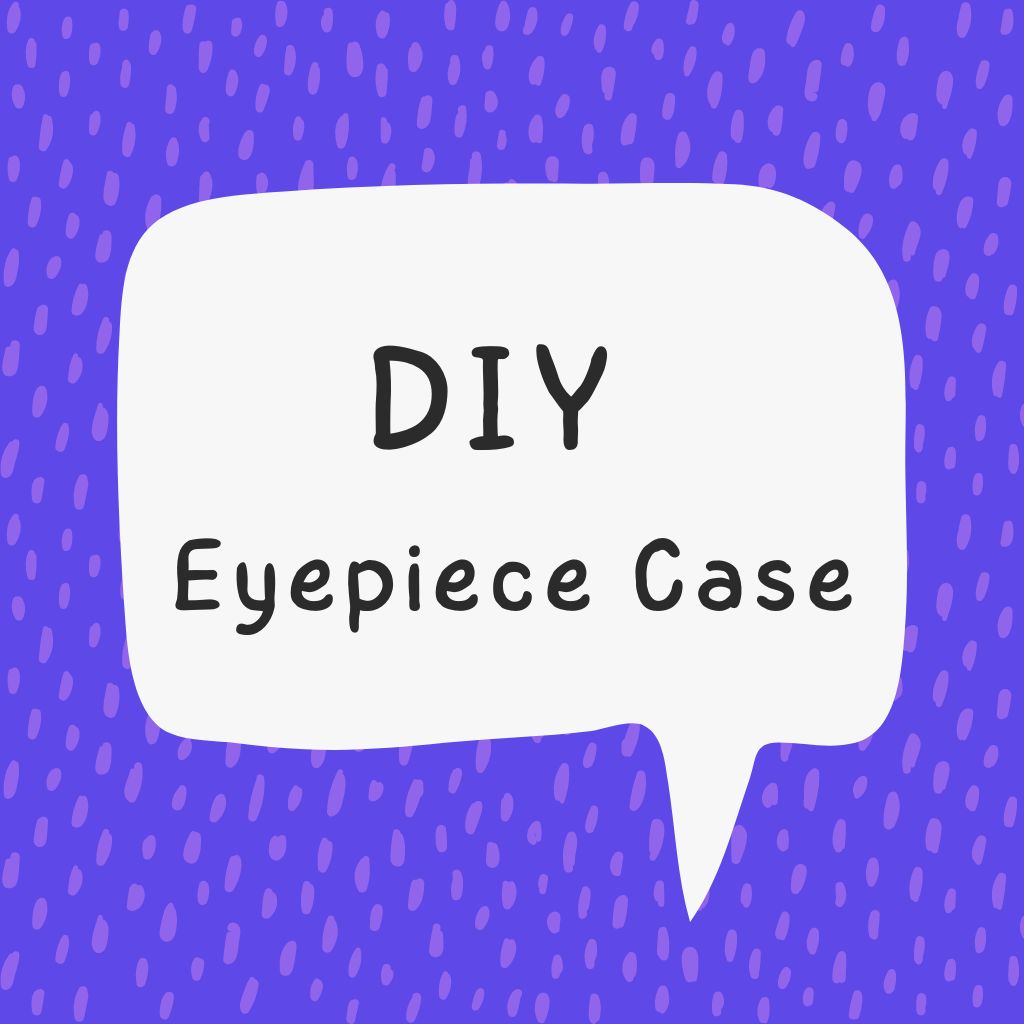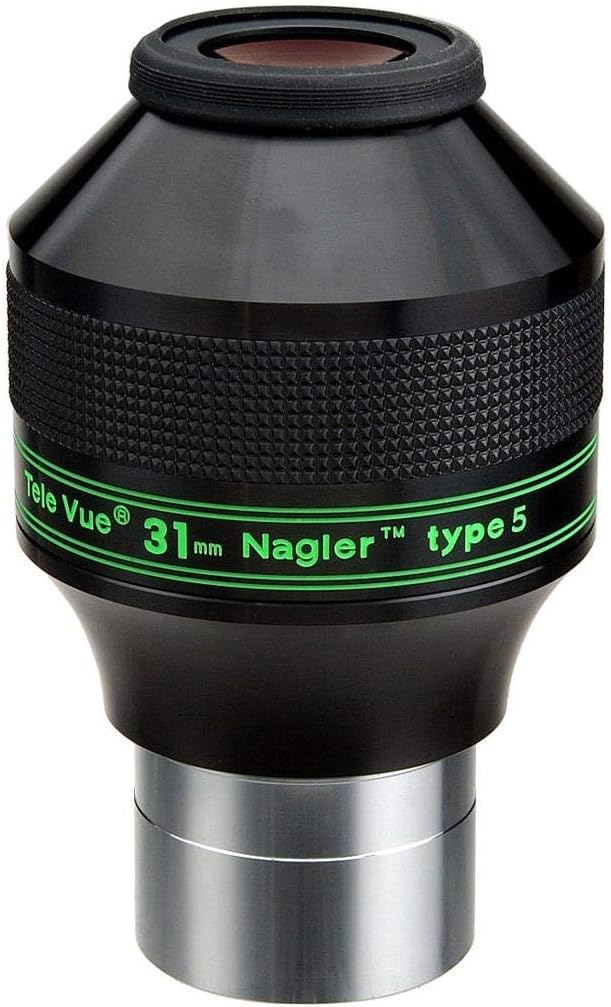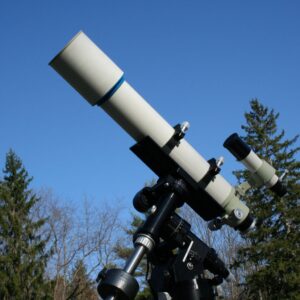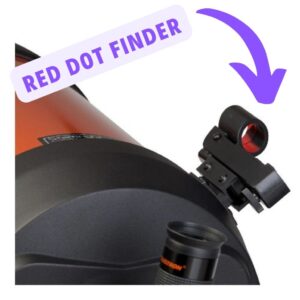This site contains affiliate links to products. I may receive a commission for purchases made through these links.
I’ve always been a fan of DIY projects. There’s just something about creating with your own hands that’s incredibly satisfying. Recently, I’ve been into astronomy and, naturally, I needed a case for my eyepieces. Instead of buying one, I decided to build my own DIY eyepiece case.
You might think it’s a daunting task, but I assure you, it’s easier than you’d expect. With just a few materials and a bit of time, you can create a case that’s both functional and personalized. In this guide, I’ll walk you through the process step by step.
Whether you’re an experienced DIYer or a beginner, this project is a great opportunity to learn something new. So, let’s get started on this exciting DIY journey together.
Materials Needed
Crafting an eyepiece case can’t be accomplished without the right materials. Thus, I’ll be providing a comprehensive list of what’s needed. Even better, these items are available in most local hardware stores or can easily be ordered online.
The first requirement is a sturdy case. I recommend a pelican case, renowned for durability and resistance to harsh weather conditions. Diverse sizes are available, but you’d want one large enough to accommodate multiple eyepieces.
It’s important to get polyethylene foam that’ll be cut into slots for holding the eyepieces. This foam serves as a buffer against external shocks. We’ll need two types: a 3-inch thick sheet for the surface layer and a 1-inch thick sheet for the base layer.
Adhesive glue is necessary for binding the foam layers together, and I suggest using a hot glue gun because it’s strong, and it dries quickly. You’ll also need a sharp utility knife for accurately cutting the foam — precision is key here.
Lastly, we’ll need a marker pen for tracing out the eyepiece cut-outs and a tape measure for exact measurements. An alternative to a marker pen could be a piece of chalk.
Here’s a summary:
| Materials | Purpose |
|---|---|
| Pelican Case | Case construction |
| 3-inch thick foam | Top layer of foam to hold eyepieces |
| 1-inch thick foam | Base layer of foam for support |
| Hot Glue Gun | Bind the foam layers |
| Sharp Utility Knife | Cut-out foam sections |
| Marker Pen / Chalk | Trace the cut-outs |
| Tape-measure | Measure the eyepiece diameters |
These are the primary materials required for constructing the eyepiece case. In the next section, we’ll delve into the step-by-step guide on how to assemble all these pieces into a professional-looking eyepiece case.
Planning Your Design
Before we delve into the actual process of assembling our eyepiece case, it’s crucial to first have an understanding of the design and layout you aim for. Planning Your Design is not only a great way to prevent errors in the construction process but it also ensures that the case will meet your unique storage needs.
When I start designing, I consider the dimensions and shape of my eyepiece. My objective is to design a case that can snugly fit and protect my astronomy tool. Remember, the case’s main purpose is to safeguard the eyepiece which means it must fit perfectly around it. That’s why it’s important to measure the size of your eyepiece and factor these measurements into your design plans.
This design stage is also a good time to consider any add-on features you might want. Maybe you’d like a handle for easy transport, or compartments to store additional accessories. It’s worthwhile to make a list of these ‘extras’ before you start constructing, as they could influence the size and shape of your case.
For the case dimensions, I estimate generously to allow for the foam’s depth and other additional elements. Below, I’ve given a sample layout plan for a case that I used to store a 25mm eyepiece.
| Case Component | Dimension |
|---|---|
| Length | 7 Inches |
| Width | 3 Inches |
| Height | 2 Inches |
I found that these basic dimensions gave me ample room for a foam lining and extra compartments. Of course, your measurements may vary depending on what you need to store.
Stay tuned for the next section where I’ll guide you through the process of assembling your case based on your unique design plans. By then you’ll be ready to bring your eyepiece case to life. After you’ve worked out a design that suits your needs, I’ll show you how to begin the assembly process.
Measuring and Cutting
Once we’ve got a design in mind, it’s time to get down to the nitty-gritty. Measuring and cutting are acts of extreme precision, especially when it involves something as delicate as an eyepiece case.
But before I delve into the “how”, let’s first look at what you’ll need for this step:
- A good ruler or tape measure: Always double-check those measurements, accuracy is key!
- A sharp utility knife or box cutter: The cleaner the cut, the better the end result.
- A straight edge or carpenter’s square: This keeps lines perfectly straight.
Safety First! Always remember to handle tools with care during the process. We’re aiming to protect our eyepieces, not our fingers!
First in the execution line is measuring. Start by marking out your dimensions on the material you’ve selected for your case using a measuring tool. Mind those measurements we talked about in the design planning stage, they’re crucial here.
At this point, you’ll start to see your design come alive. It may just be lines on a piece of material right now, but soon, it’ll be your very own, custom-made, do-it-yourself eyepiece case.
After taking all the required measurements, we proceed to the cutting phase. The secret here is to cut slowly and carefully. Take the lined straight edge or carpenter’s square to guide your cuts and keep them neat.
You should end up with a series of pieces that, when assembled, will form the base structure of your case. Remember, don’t rush! This is a meticulous process, one miss-cut can throw off your entire design.
Assembling the Case
I can hear your power tools itching for action. Hopefully, you’re ready to piece together your eyepiece case. This stage demands undivided attention, as precision is the key. So let’s jump right in!
Preparation is the first step. Ensure you have your cut pieces, adhesive, and fixings at hand. The quicker you can grab and use your tools, the smoother the process will be.
Here is a useful checklist:
- Panel A
- Panel B
- Panel C
- Panel D
- Quick dry adhesive
- Screws/Nails
Safety first! Don’t forget your safety glasses and gloves. I have seen way too many avoidable DIY accidents. Don’t be part of that statistic!
Now it’s assembly time. Start with Panels A and B. Apply adhesive where they meet, but remember, a little can go a long way! Affix them at a 90-degree angle. They form the base and one side of your eyepiece case. It might help to have a corner brace handy here to ensure a perfect angle.
As you wait for this to set, repeat the process with Panels C and D. Set this pair aside. Once Panel A and B set are secure, attach it to Panel C, then Panel D. It will form a rectangular prism, the main body of your case.
Remember: Accuracy during assembly is as important as when measuring and cutting.
The final bit to assemble is the lid. Depending on your design, it can either be hinged or removable. No harm in going fancy and adding a clasp.
This might seem like a lot, but I promise you, it’s well worth the effort. Take your time, follow the steps, and enjoy the process. You’ll be proud of what you achieve.
Adding Personalized Touches
After assembling your eyepiece case to perfection, the next exciting step is adding personalized touches. This is an opportunity to bring in individual artistic skills to give the case a unique flair. Here’s where creativity and craftsmanship blend to make your eyepiece case an undeniable one-of-a-kind.
One way to personalize your eyepiece case is by painting or staining. This not only enhances the appearance but also protects the structure from wear and tear. Make sure to choose a color that reflects your personality. Remember, use only non-toxic, durable paint or stain, especially if you’re dealing with wooden materials.
Case embellishments is another aspect to consider. Perhaps you’d like to brand your eyepiece case with astronomy-themed stickers or even your own logo. Maybe you’d like some decorative lettering on the case announcing the magnificent mysteries of the universe housed within.
To make your case even more unique, consider adding separate compartments for different eyepieces. The main goal here is to create functional, innovation-driven designs that offer you organized and easy access to your various lenses.
- Choose the right paint: Ensure it’s non-toxic and durable.
- Stick to your style: Be it simple or extravagant, make sure it reflects your personality.
- Don’t neglect functionality: Adding compartments, padding, and easy-access designs are very important.
A padded interior could add an extra layer of protection to your beloved eyepieces as well as an appealing aesthetic. Make sure you carefully measure each section to ensure the padding fits snugly and securely.
So that’s about it for personalizing your eyepiece case. Whether you want to keep it plain and simple, or add some eye-catching aesthetics, the choice is yours. And remember – the sky is not the limit when it comes to your creativity.
Conclusion
So, there you have it. Building a DIY eyepiece case isn’t as daunting as it may seem. It’s about precision, safety, and creativity. Remember, the right tools and materials are key to a successful build. It’s essential to keep safety in mind, using gloves and glasses to avoid any mishaps.
The assembly process is straightforward, but it does require patience. A hinged or removable lid can add functionality, while personalized touches can make your case truly one-of-a-kind. From painting to adding compartments, it’s all about making it yours. And let’s not forget the importance of a padded interior for that extra layer of protection.
So go ahead, and give it a try. I’m confident that with the insights from this article, you’ll be able to build an eyepiece case that’s not only functional but also reflects your style.








